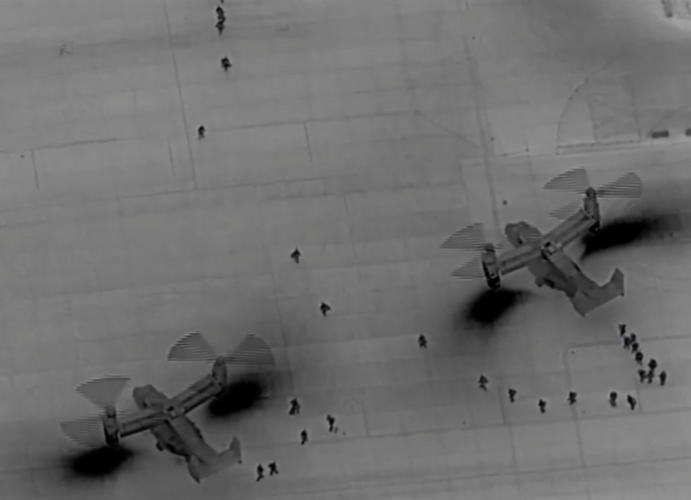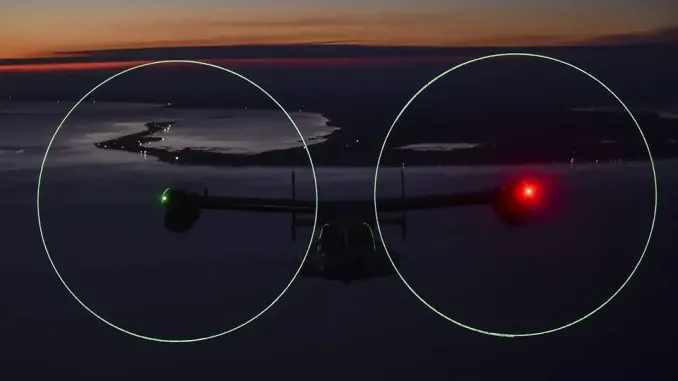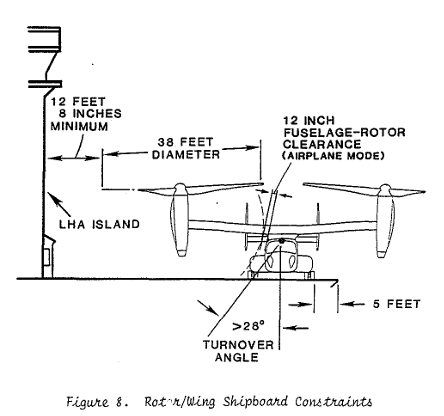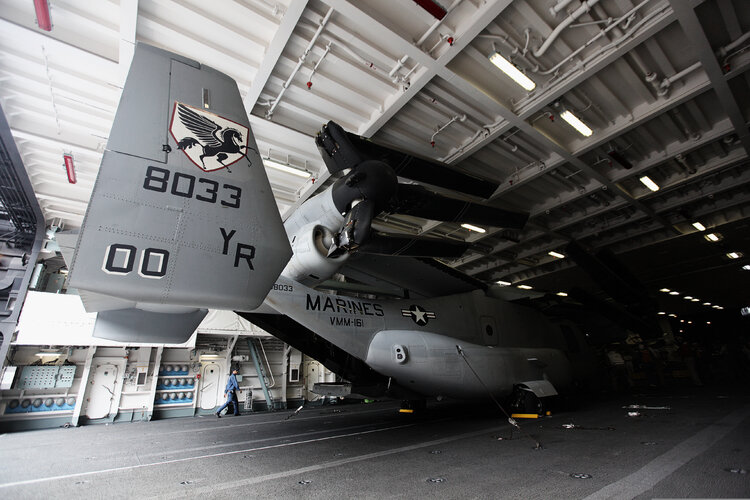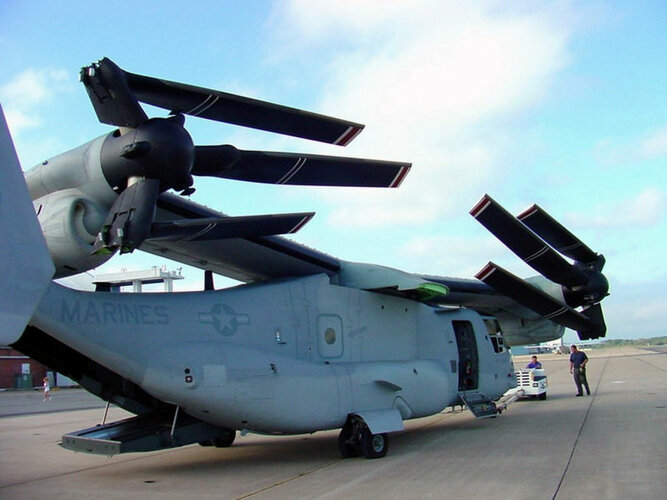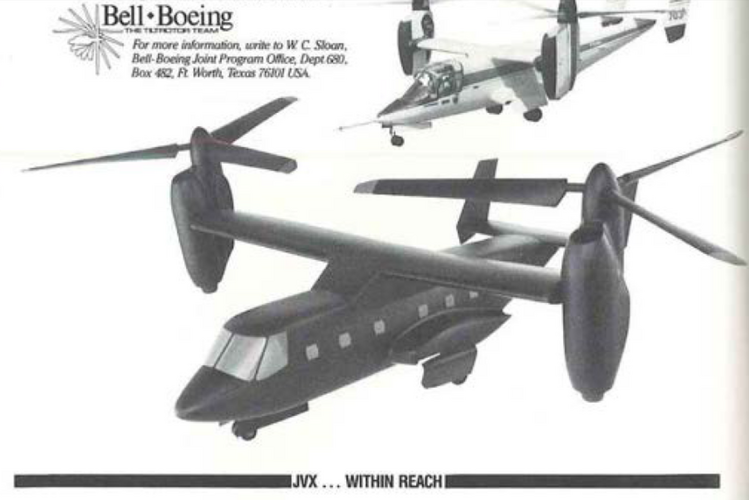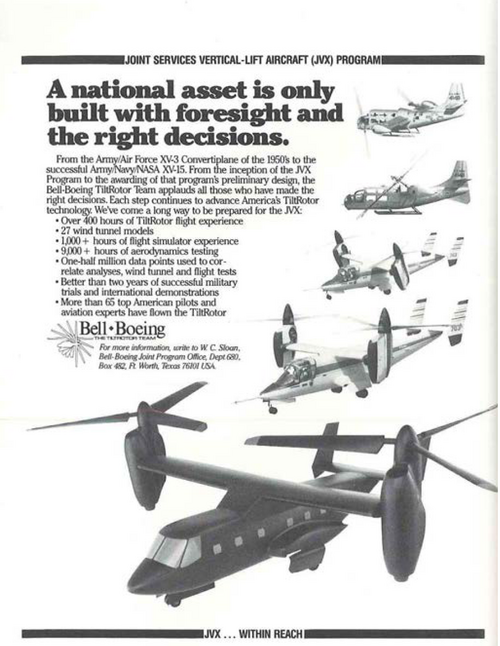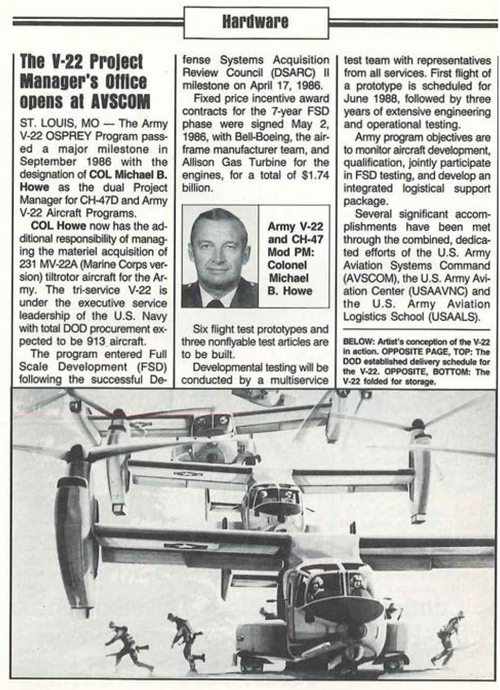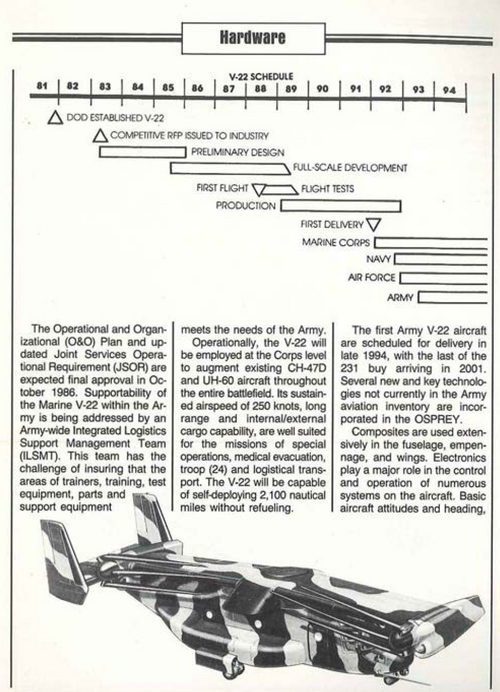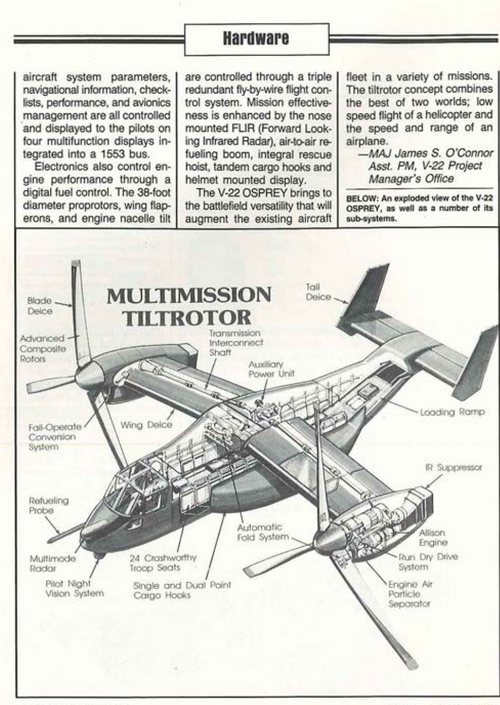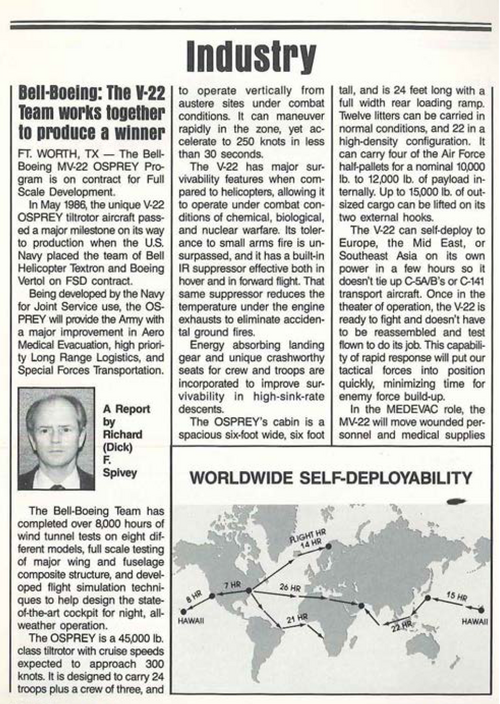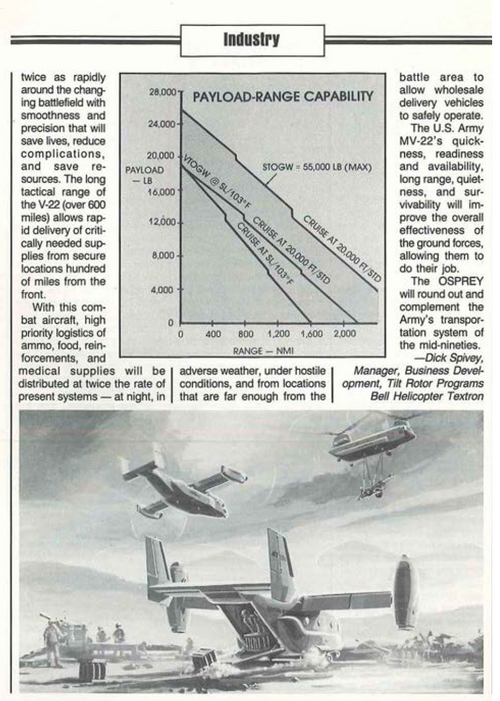Regarding the XV-15 going into production, it was never intended to and produceability was not a consideration in its design. In fact, many parts of it were scavenged from other programs and aircraft. Although arguably NASA's most successful aircraft, it was always intended to be strictly a technology demonstrator. They weren't looking for anything more than that. In fact, NASA was originally going to ground the second XV-15 after it finshed a series of tests, and Bell leased the aircraft from them and explored more of the envelope and did those demonstrations that generated so much favorable publicity.
Regarding LHX, the Tilt Rotor proposal (maybe two, Boeing has always been circumspect about whether they actually would formally propose a Tilt-Rotor, although they were designing a small one). For reasons never fully explained, the Army suddenly lowered its requirements from what was originally announced to what a conventional rotorcraft could achieve, and gave no credit for anything beyond that. They also gave very high emphasis to hovering performance. A Tilt-Rotor can hover all day, but in those days not as efficiently as a conventional helo because of the downwash over the wing (they've improved proprotor design since then). Combat experience has shown that mobility/agility is more important than hovering efficiency in the scout/attack role. In addition, the Army lowered the maximum allowable weight to just below what an LHX sized Tilt Rotor would weigh, and also restricted how powerful the engine the contractors could propose to use could be to just below what was planned for a Tilt-Rotor. Ironically, before it was canceled, the Comanche had exceeded the weight limit and was as heavy or heavier than a Tilt-Rotor would have been. To lift this weight, the Army allowed the engine to grow into the range that the Tilt-Rotor designs would have used.





